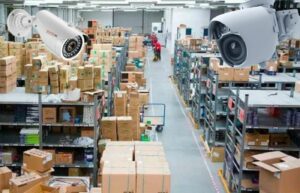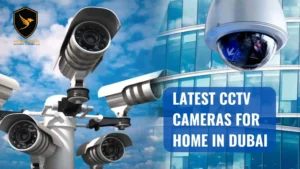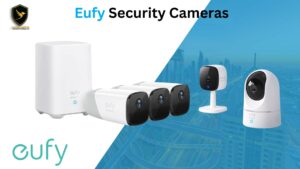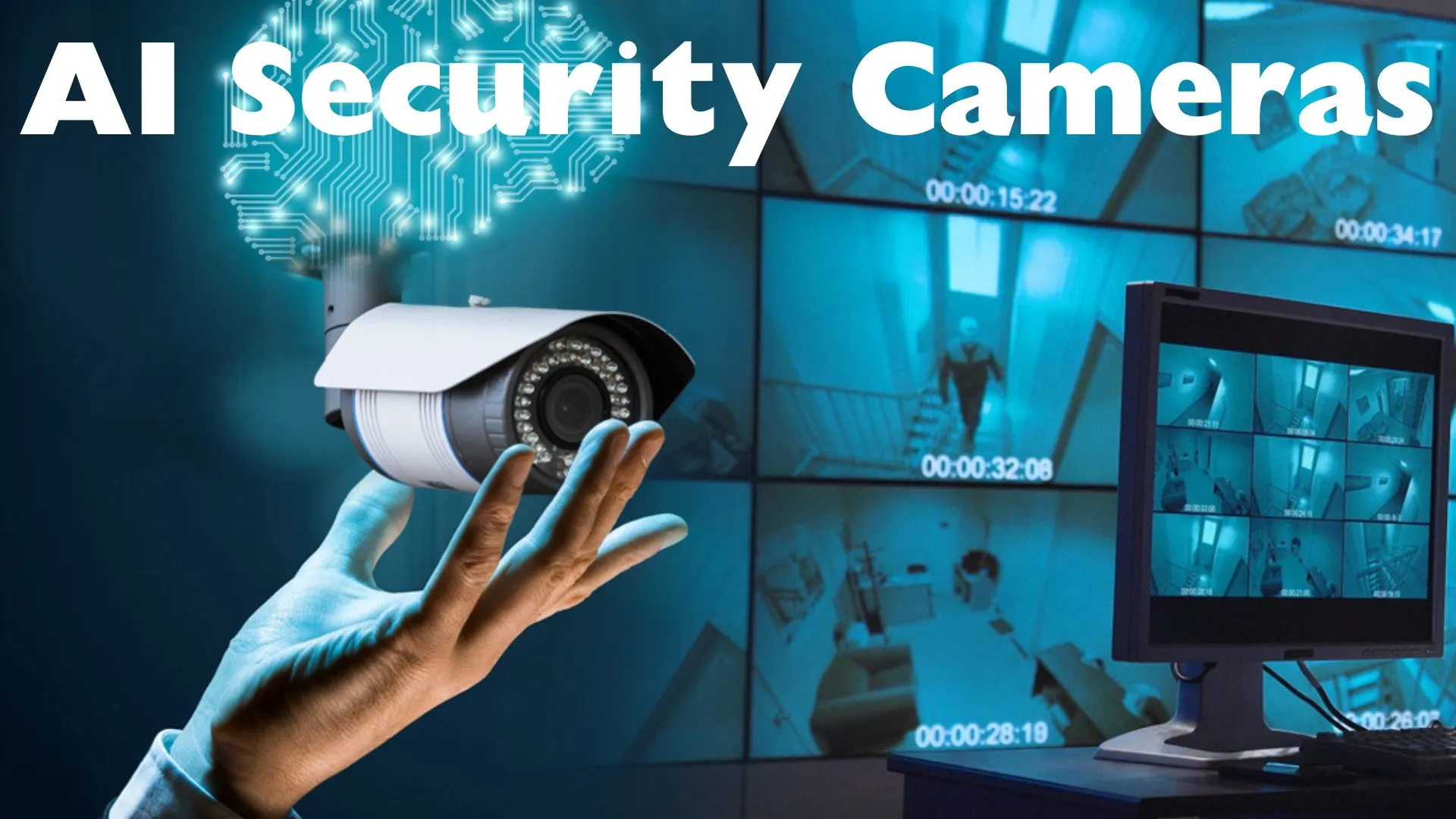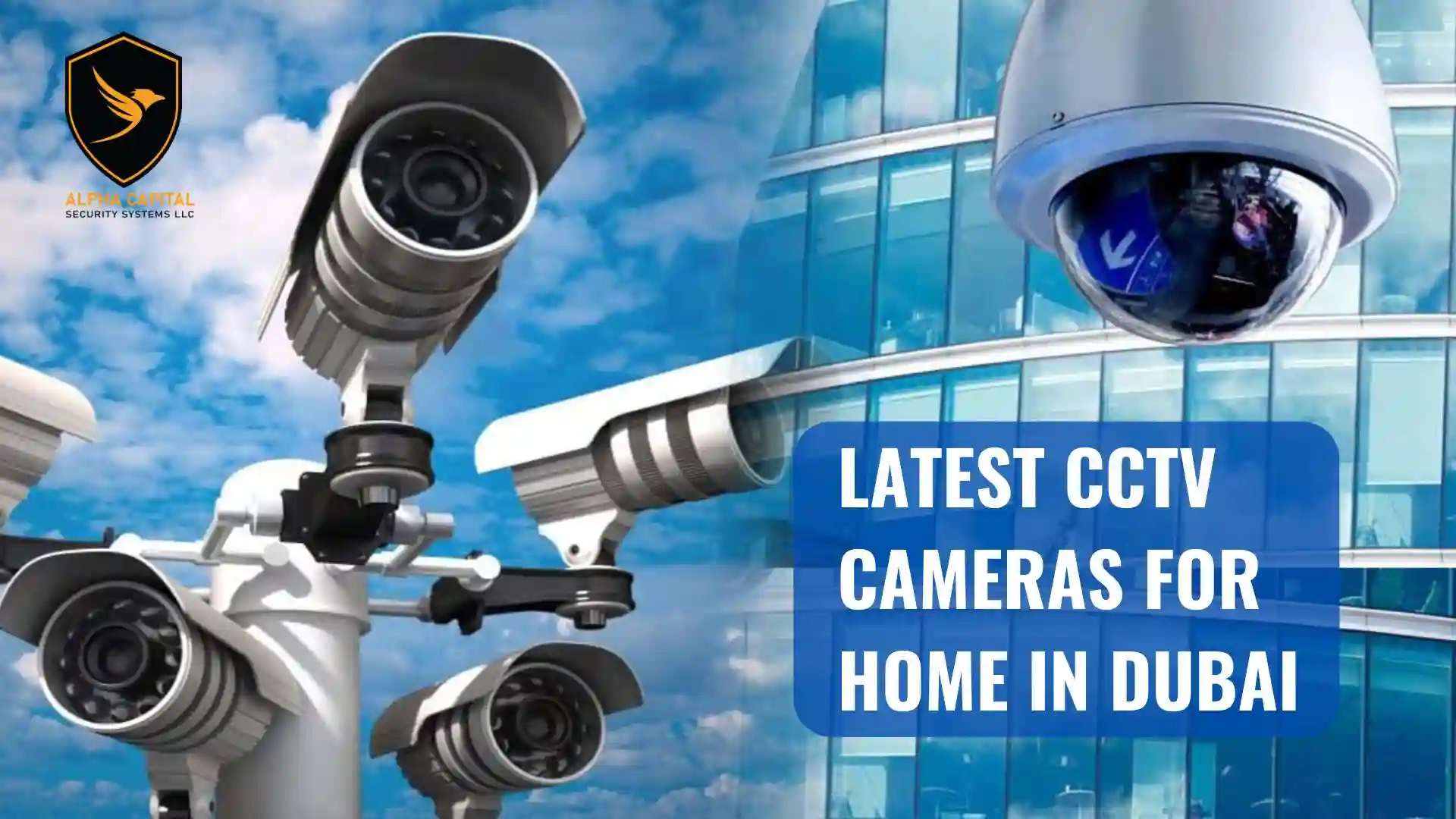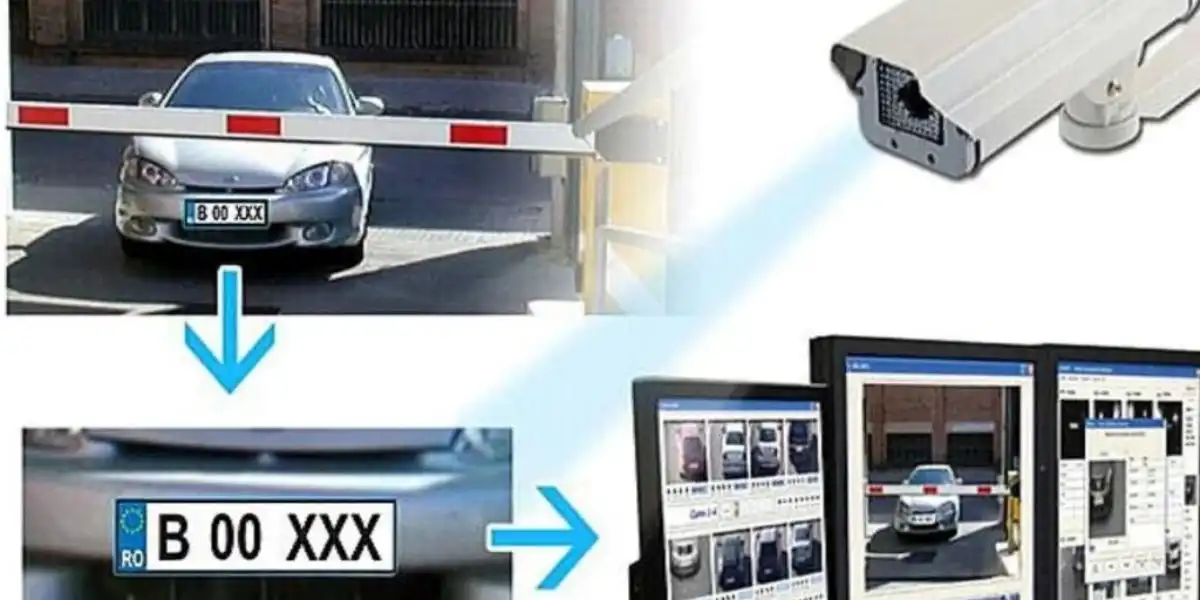Strategies for CCTV Surveillance
INTRODUCTION:
In the realm of healthcare, the mitigation of workplace violence is of paramount importance. To address this issue effectively, the implementation of comprehensive strategies involving Closed-Circuit Television CCTV surveillance is indispensable. Using CCTV cameras in healthcare institutions can be used in discouraging and monitoring possible threats, and safeguard the safety and well-being of employees, patients, and visitors. CCTV cameras are crucial for improving hospital security.
To ensure the security of clients, employees, and assets, healthcare institutions can monitor and record actions with their presence. Security measures including alarm systems, access control systems, and surveillance cameras assist stop theft and unauthorized access to these resources. This guarantees that patients get the treatments and drugs they need without any delays or sacrifices. The security and safety of hospital staff, patients and equipment is one of the primary needs of the hospital which should be considered and executed properly to satisfy the criteria of safe and sound environment
OPTIMAL SOLUTION:
One of the primary approaches to counter workplace violence is the strategic deployment of CCTV cameras throughout healthcare environments. These sophisticated electronic eyes serve as vigilant sentinels, continuously scanning their surroundings and capturing critical visual information. The intricate web of surveillance cameras offers a multidimensional shield against acts of aggression, empowering healthcare organizations to identify, respond to, and prevent violent incidents’ surveillance systems, with their intricate web of cameras, provide a reliable means to maintain a watchful eye over the healthcare facility.
These systems possess the capacity to record and archive footage, serving as an invaluable resource for post-incident analysis, investigations, and legal proceedings. The existence of a robust CCTV infrastructure instils a sense of accountability and acts as a strong deterrent against potential offenders, reducing the likelihood of violent acts. These surveillance systems, composed of a network of electronic devices, serve as constant eyes, diligently observe the surroundings, and capture vital visual information. The pervasive presence of these surveillance cameras creates a multidimensional shield that acts as a strong deterrent against acts of aggression, while also empowering healthcare organizations to identify, respond to, and prevent violent incidents effectively.
Moreover, CCTV cameras enhance situational awareness within healthcare environments, facilitating swift and effective responses to unfolding incidents. By capturing real-time footage, security personnel can promptly identify and intervene in escalating situations, ensuring the safety of the individuals involved. The ability to monitor high-risk areas and detect suspicious behaviour enables proactive measures to be taken, minimizing the risk of violence before it occurs.
In addition to their role in incident response, CCTV surveillance systems serve as valuable tools for identifying patterns and trends related to workplace violence. Through comprehensive analysis of recorded footage, healthcare organizations can gain insights into the root causes and contributing factors of violent incidents. This knowledge empowers stakeholders to implement targeted preventive measures and develop robust policies that foster a safe and secure working environment for all.
To optimize the effectiveness of CCTV surveillance, it is crucial to strategically position cameras in key locations throughout healthcare facilities. High-traffic areas, entrances, waiting rooms, and critical care units are examples of areas where cameras should be deployed. The selection of camera types, such as fixed, pan-tilt-zoom (PTZ), and 360-degree fisheye cameras, should be tailored to the unique needs and layout of each healthcare setting.
IMPORTANCE OF CCTV CAMERAS:
- Providing a Safer Environment: The potential of CCTV cameras to curb criminal activity is one of its main advantages in the healthcare industry. Cameras serve as a visible cue that the area is being watched, deterring people from acting inappropriately or harming others. By doing this, theft, vandalism, and other security breaches are avoided while also protecting the patients and personnel. CCTV cameras help to create a safer atmosphere in healthcare institutions by discouraging possible threats.
- Safety and security of staff: The importance of staff training and awareness cannot be overstated when it comes to maximizing the impact of CCTV surveillance. By educating employees on the existence and purpose of surveillance systems, healthcare organizations can create a culture of vigilance and personal responsibility. Additionally, training programs can equip staff with the necessary skills to interpret CCTV footage, enabling them to identify warning signs and take appropriate action when potential threats arise.
- Strategy against Violence: To combat this pervasive problem, the implementation of comprehensive and robust strategies that leverage the power of Closed-Circuit Television (CCTV) surveillance becomes a crucial necessity. By harnessing cutting-edge technology and employing proactive measures, healthcare facilities can effectively deter and monitor potential instances of violence, thereby ensuring the safety and well-being of their valuable workforce, patients, and visitors. Through strategic camera placement, staff training, and insightful analysis of recorded footage, healthcare organizations empower themselves to effectively identify, prevent, and respond to incidents of violence.
- Provides electronic eye protection: The CCTV surveillance infrastructure, comprising a web of intricately positioned cameras, provides an unwavering means to maintain a watchful eye over the entire healthcare facility. With their capability to meticulously record and archive footage, these systems become invaluable resources for post-incident analysis, investigations, and legal proceedings. The existence of a robust and extensive CCTV infrastructure instils a deep sense of accountability among all individuals within the healthcare ecosystem, effectively deterring potential offenders and significantly reducing the likelihood of violent acts.
- Helps in the investigation: In any unfortunate event, CCTV footage serves as crucial evidence for investigations. The recorded videos can be reviewed to reconstruct events, identify individuals involved, and understand the sequence of actions. This can really help law enforcement agencies, internal security teams, or police in conducting thorough investigations and reaching accurate conclusions. Such evidence can support legal proceedings, insurance claims, and internal audits, assuring accountability and promoting a safer healthcare environment.
Furthermore, CCTV Camera play a pivotal role in enhancing situational awareness within healthcare environments, thereby facilitating swift and effective responses to unfolding incidents. These CCTV surveillance systems provide security officers with the resources they need to quickly recognise and intervene in escalating situations, assuring the safety and security of all those involved. The ability to actively monitor high-risk areas and swiftly detect suspicious behaviour empowers healthcare organizations to take proactive measures, effectively mitigating the risk of violence before it occurs.
CCTV surveillance systems also help effectively in incident response and are excellent instruments for spotting violent individuals and help in controlling workspace violence. Through comprehensive analysis of recorded footage, healthcare organizations gain deep insights into the root causes and contributing factors of violent incidents. Armed with this knowledge, stakeholders are empowered to implement targeted preventive measures and develop robust policies that foster a safe and secure working environment for all individuals within the healthcare setting.
HIKVISION EFFICIENT SOLUTION:
To maximize the effectiveness of CCTV surveillance, it is crucial to strategically position cameras in key locations throughout healthcare facilities. Areas with high footfall, such as entrances, waiting rooms, and critical care units, should be prioritized for camera deployment. The selection of camera types, including fixed, pan-tilt-zoom (PTZ), and 360-degree fisheye cameras, deep view cameras, should be carefully tailored to the unique needs and layout of each healthcare setting, ensuring comprehensive coverage and optimal surveillance capabilities.
There should be an ideal solution that can give a secure framework to those who work and visit healthcare institutions to ensure their safety. We take great delight in displaying our creative solution, which provides the highest level of protection in areas where accidents or bad incidents are common to occur. Hikvision is committed to implementing corporate social responsibility and a sustainable development philosophy into operations and it uses technological innovation. We are dedicated to respecting our global commitments to deliver enduring value to customers, enhance social welfare, and engage with partners to achieve peaceful coexistence and sustainable development on a global scale.
Hikvision offers a range of high-quality cameras that are widely regarded as being good. Some examples include the
- Hikvision iDS-2CD8A48G0-XZ(H)S(Y), which features a 4-megapixel resolution, infrared night vision, and a weatherproof design. It has Excellent low-light performance via DarkFighterX and ColorVu technology.

- Another option is the Hikvision DS-2DE4A425IW-DE, which is a PTZ camera with a 4-megapixel resolution, 25x optical zoom, and smart tracking capabilities.

- Additionally, the Hikvision Panorama camera is a popular choice with its 4-megapixel resolution, 4K resolution gives users a clear and detailed, panoramic visual experience.
- Some PanoVu models feature 8K definition technology, offering an unprecedented capacity to get more detail from a scene.
These are just a few examples of the many good Hikvision cameras available.
For checking out all these effective products, this is the website with all the products of Hikvision.
CONCLUSION:
In conclusion, the prevention of workplace violence in the healthcare sector necessitates the implementation of comprehensive strategies, with CCTV surveillance playing a pivotal role. The prevention of workplace violence within the healthcare sector demands the implementation of comprehensive strategies that harness the power of CCTV surveillance. Undoubtedly, the importance of staff training and awareness cannot be overstated when it comes to maximizing the impact of CCTV surveillance.
By diligently educating employees on the existence and purpose of surveillance systems, healthcare organizations foster a culture of vigilance and personal responsibility. In addition, well-designed training programs equip staff members with the necessary skills to interpret CCTV footage accurately, enabling them to identify warning signs and take appropriate action when potential threats arise.
By leveraging advanced technology and adopting a proactive approach, healthcare facilities can create safer environments for their workforce, patients, and visitors. The strategic placement of CCTV cameras, & CCTV Camera Installation combined with staff training and analysis of recorded footage, empowers organizations to identify, prevent, and respond to incidents of violence effectively. Let us forge ahead in our commitment to fostering a culture of safety and well-being in the healthcare landscape.


